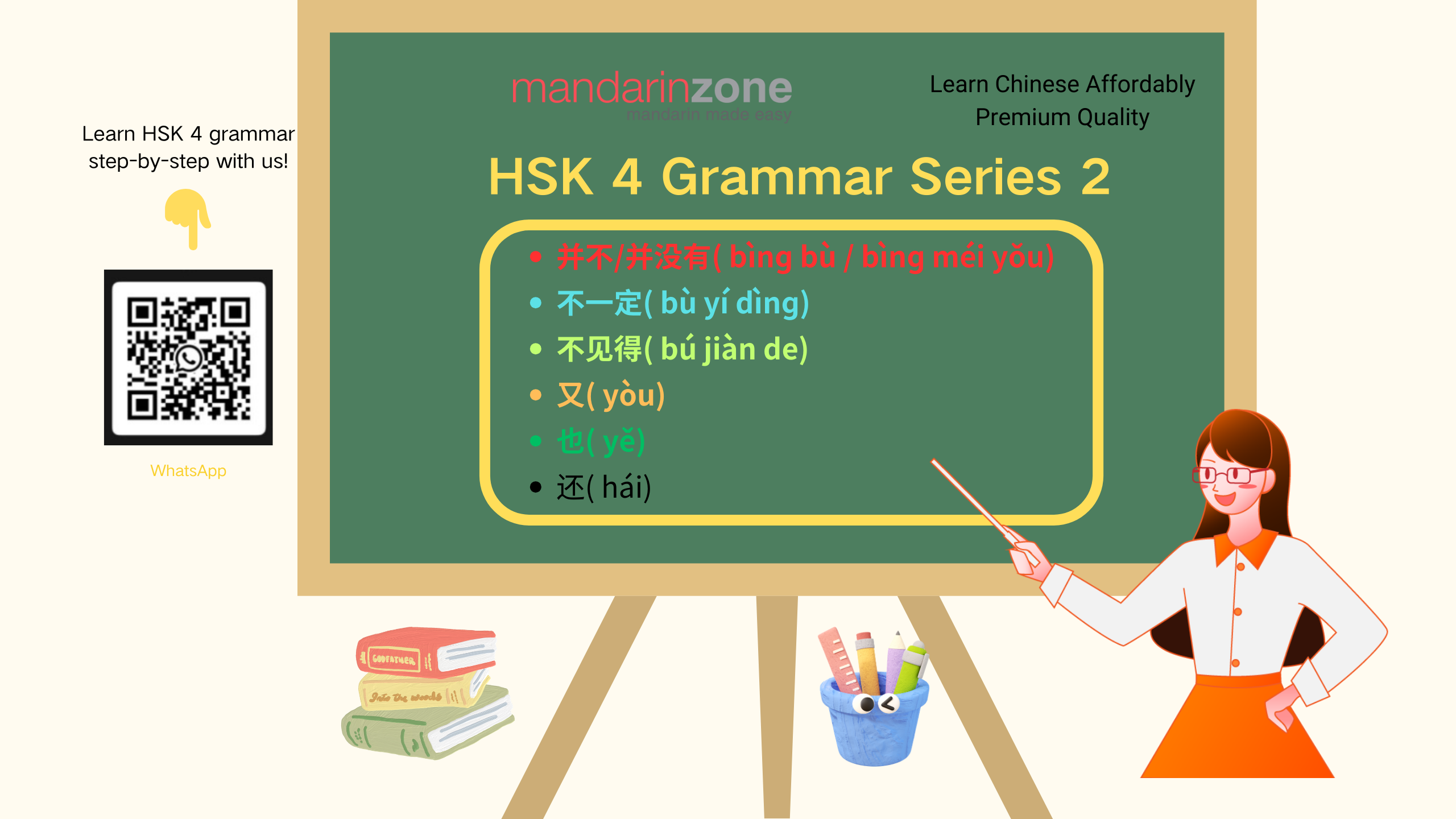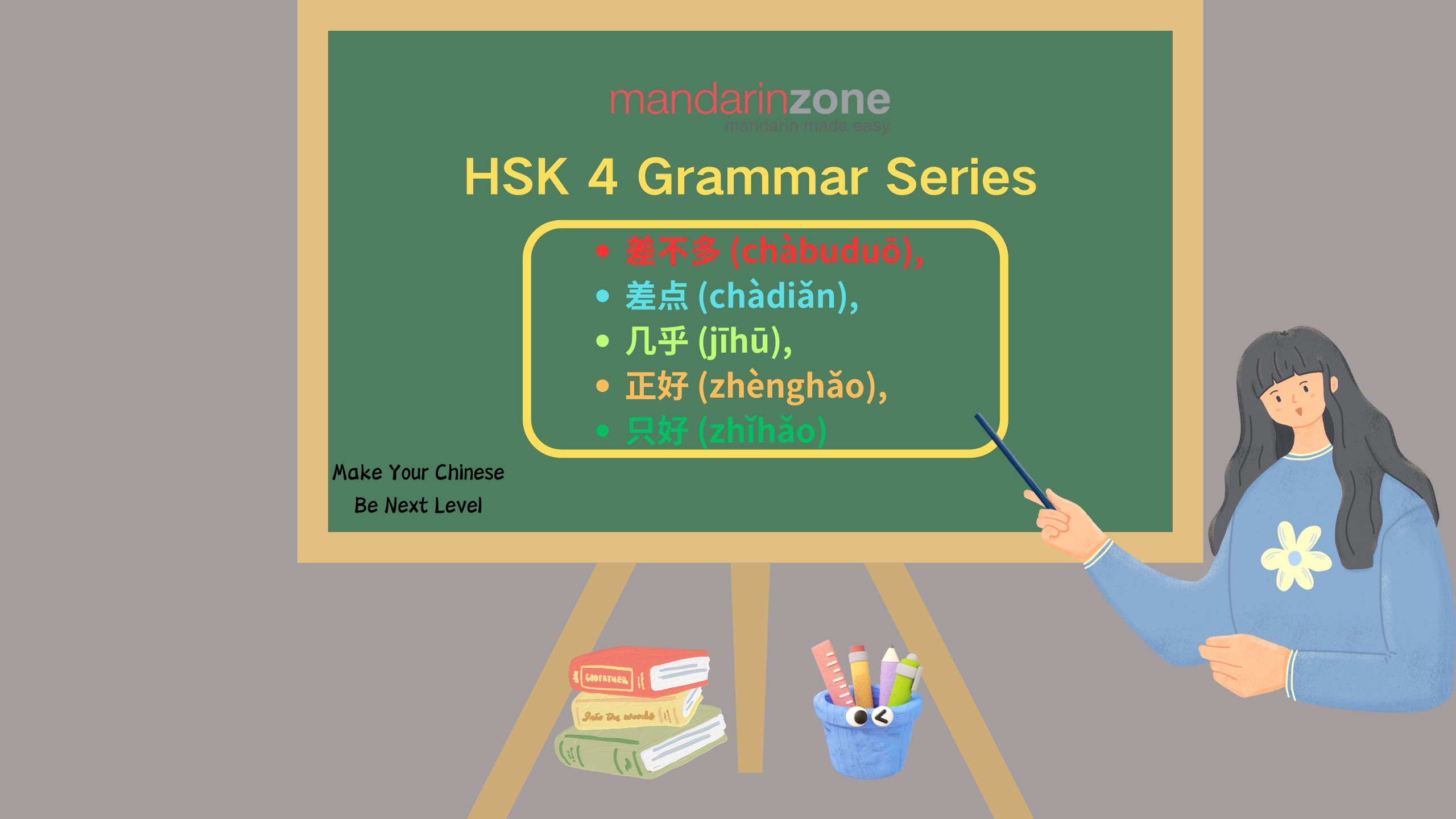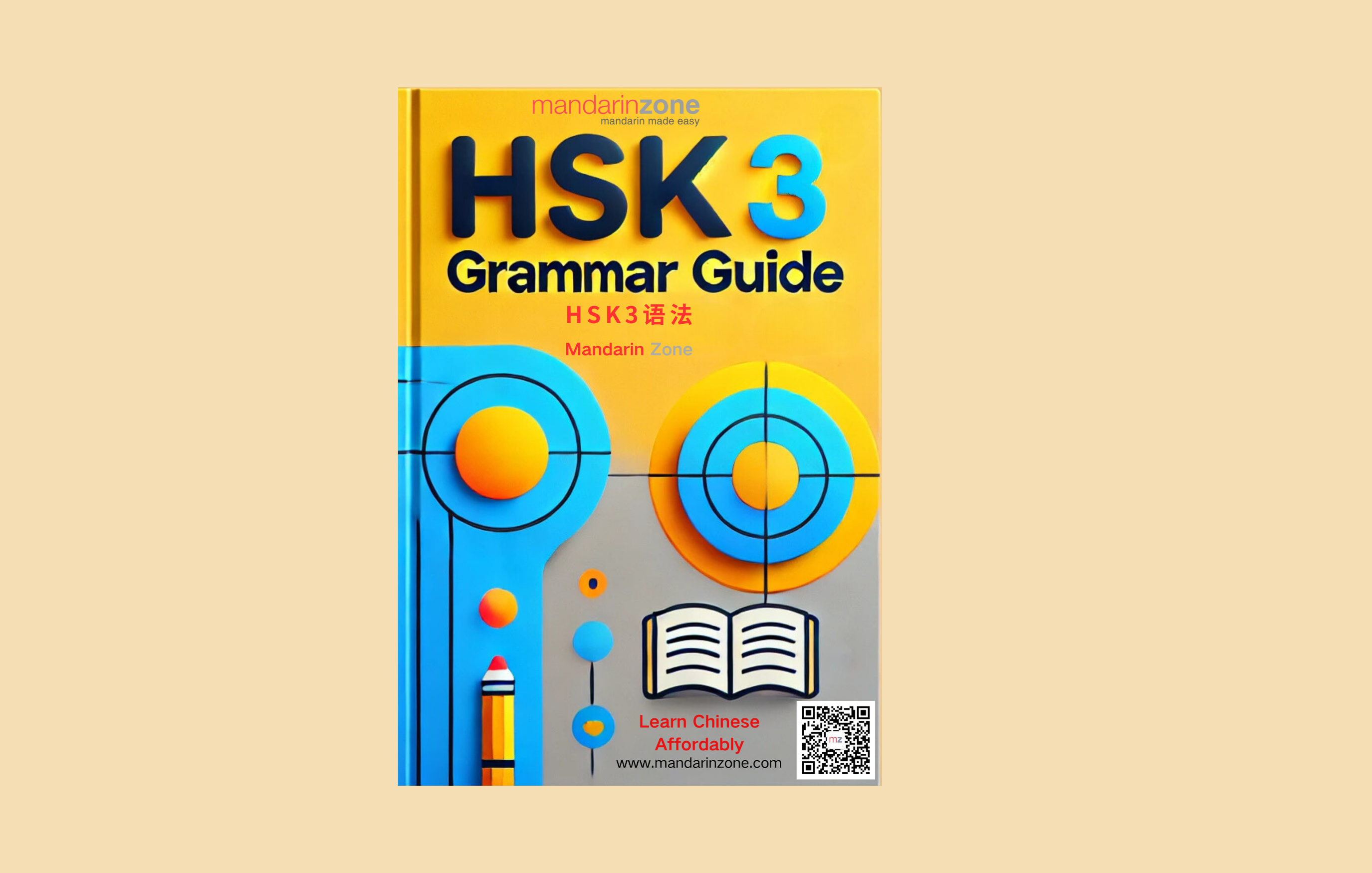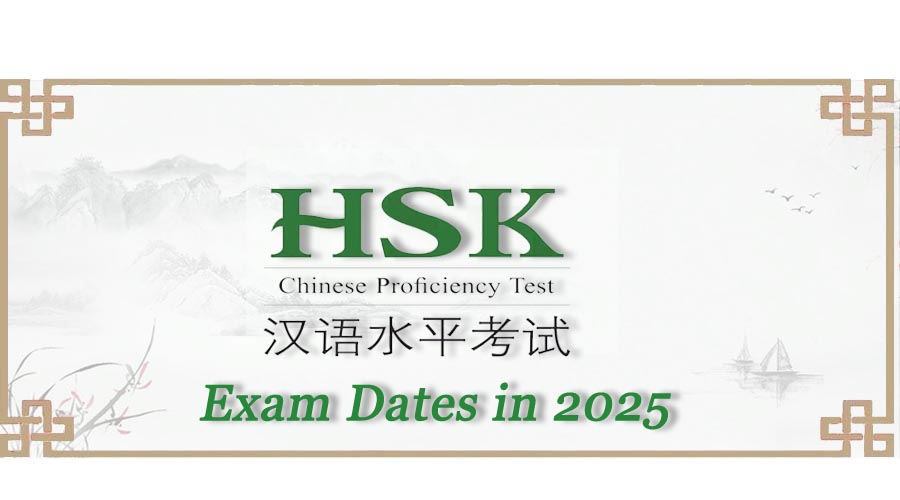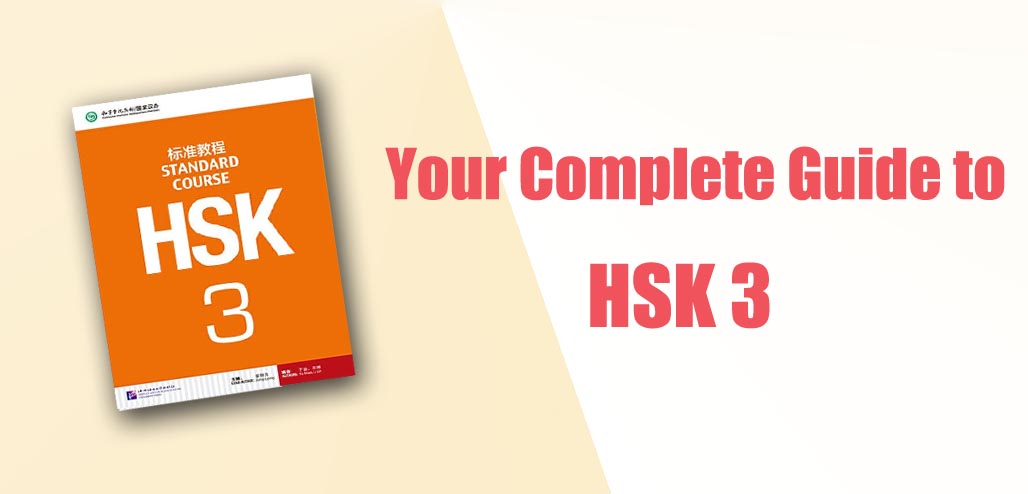How to Order Coffee in Chinese Like a Local
Introduction
In modern China, coffee is more than just a beverage – it’s a lifestyle statement, a social catalyst, and a window into contemporary Chinese urban culture. Whether you’re a visitor to China or someone keen to understand modern Chinese society, this guide will take you beyond simple ordering phrases to help you navigate China’s unique coffee landscape.
Chinese Coffee Culture: A Blend of Tradition and Modernity
The Evolution of Coffee in Urban China
Coffee has evolved from a Western novelty to an essential part of urban Chinese life. Today’s Chinese coffee scene uniquely blends:
- Traditional tea-drinking customs with modern coffee culture
- Local innovations with global coffee trends
- Social media influence with physical cafe spaces
The Social Significance of Coffee
In China, ordering coffee often means:
- Participating in modern urban lifestyle
- Engaging in social networking
- Demonstrating cultural sophistication
- Being part of the “working professional” identity
Basic Coffee Types with Cultural Context
Americano (美式咖啡, měishì kāfēi)
– Popular among business professionals
– Often ordered during meetings
Latte (拿铁, ná tiě)
– Favored by young urbanites
– Common for social media sharing
Cold Brew (冷萃咖啡, lěng cuì kāfēi)
– Trending among young professionals
– Popular in summer months
Unique Types of Coffee in Chinese
Brown Sugar Latte (黑糖拿铁, hēi táng ná tiě)
– Fusion of traditional Asian flavors
– Popular on social media
Cheese Coffee (芝士咖啡, zhī shi kā fēi)
– Local adaptation of coffee
– Trending among young consumers
Red Bean Coffee (红豆咖啡, hóng dòu kā fēi)
– Traditional Chinese ingredient meets coffee
Navigating Coffee Spaces in China
Modern Coffee Ordering Scenarios
Digital Ordering (Mobile Apps)
Essential phrases for app ordering:
Self-pickup (自提, zì tí)
Delivery (外送, wài sòng)
Special requests (特殊要求, tè shū yāo qiú)
In-Store Experience
Common scenarios:
“I’d like to have it here” (在这里喝, zài zhè lǐ hē)
“For takeaway” (打包, dǎ bāo)
“Less sugar please” (少糖, shǎo táng)
Choosing Your Coffee Size in Chinese
When ordering coffee, you’ll also need to specify your preferred size. Here’s how to say different cup sizes in Chinese:
- Small cup (小杯, xiǎo bēi)
- Medium cup (中杯, zhōng bēi)
- Large cup (大杯, dà bēi)
- Venti (超大杯, chāo dà bēi)
Example:
B: Dà bēi, xièxiè!
(大 杯, 谢谢!)
“Large, please!”
Cultural Insight:
In China, larger sizes like “dà bēi” (大杯) and “chāo dà bēi” (超大杯) are especially popular, as many consumers prefer to savor their drinks for longer periods, often enjoying their coffee as part of a leisurely experience.
Coffee Flavours in Chinese
Caramel 焦 糖 jiāo táng
Vanilla 香 草 xiāng cǎo
Hazelnut 榛 子 zhēn zi
Chocolate 巧克力 qiǎo kè lì
Peppermint 薄 荷 bò hé
Cinnamon 肉 桂 ròu guì
Coffee Temperature
Hot coffee 热咖啡 rè kāfēi
Hot beverage 热 饮 rè yǐn
Iced coffee 冰咖啡 bīng kāfēi
Iced beverage 冰镇饮料 bīngzhèn yǐnliào
Customizing Your Coffee in Chinese
Want to customize your coffee? Here are some common customizations you can use:
- Add milk (加牛奶, jiā niúnǎi)
- Add sugar (加糖, jiā táng)
- No sugar (不要糖, bú yào táng)
- Add an extra shot (加浓, jiā nóng)
- Decaf (低咖啡因, dī kāfēiyīn)
- Whipped cream (鲜奶油, xiān nǎiyóu)
Example:
Qǐng jiā diǎnr niúnǎi, xièxiè!
(请 加 点儿 牛奶, 谢谢!)
“Please add some milk, thank you!”
Coffee Flavors and Temperatures in Chinese
Flavors:
- Caramel (焦糖, jiāo táng)
- Vanilla (香草, xiāng cǎo)
- Hazelnut (榛子, zhēn zi)
- Chocolate (巧克力, qiǎo kè lì)
Temperature:
- Hot coffee (热咖啡, rè kāfēi)
- Iced coffee (冰咖啡, bīng kāfēi)
Fun Fact:
Iced coffee (冰咖啡) has become extremely popular in China, especially among younger generations, who see it as a refreshing alternative to traditional hot tea, particularly during the summer months.
For Here or To Go? Practical Phrases
When ordering coffee, you’ll often be asked if you want your coffee “for here” or “to go.” Here’s how to answer:
- For here (在这儿喝, zài zhèr hē)
- To go (打包, dǎ bāo)
Example:
Wǒ zài zhèr hē.
(我 在 这儿 喝.)
“I’ll have it for here.”
Example Sentences for Ordering Coffee in Chinese
Here are a few example sentences to help you confidently place your order:
- Nǐ hǎo, wǒ yào yī bēi bīng nátiě.
(你好,我 要 一杯 冰拿铁.)
“Hello, I’d like an iced latte.” - Wǒ yào yī xiǎo bēi nátiě zài zhèr hē, xièxiè!
(我 要 一小杯 拿铁 在这儿喝, 谢谢!)
“I’d like a small cup of latte for here, thank you.” - Wǒ yào yī bēi chāodà jiāotáng mǎqíduǒ, dǎbāo, xièxiè!
(我要一杯超大焦糖玛奇朵,打包,谢谢!)
“I’d like a venti caramel macchiato to go, thank you!”
Coffee Culture Insights
Social Context
- Coffee shops as workspace (“打卡地点”, dǎ kǎ dì diǎn)
- Coffee as social media content (“晒咖啡”, shài kā fēi)
- Business meeting etiquette in coffee shops
Local Chains vs International Brands
- Luckin Coffee (瑞幸咖啡) phenomenon
- Starbucks’ adaptation to Chinese market
- Emergence of boutique local cafes
Practical Tips for Different Scenarios
Business Settings
Formal meeting orders:
“您想喝点什么?” (Nín xiǎng hē diǎn shé me?)
“Would you like something to drink?”
Appropriate responses:
“请给我一杯美式” (Qǐng gěi wǒ yī bēi měi shì)
“An Americano, please”
Social Settings
“要不要一起喝杯咖啡?” (Yào bú yào yī qǐ hē bēi kā fēi?)
“Shall we grab a coffee together?”
Workplace Culture
“休息一下,喝杯咖啡吧” (Xiū xi yī xià, hē bēi kā fēi ba)
“Let’s take a break and have some coffee”
Modern Trends and Innovations
Popular Trends
- Coffee + Traditional Chinese Medicine (养生咖啡, yǎng shēng kā fēi)
- Seasonal special drinks
- Local flavor fusion concepts
Digital Integration
- Mobile payment systems
- Loyalty programs
- Social media check-ins
Frequently Asked Questions About Coffee in China
What’s the most popular coffee order in China?
Americano (美式咖啡) dominates China’s coffee scene, especially among office workers. Its clean taste and lower calorie content align well with Chinese preferences. In summer months, iced americano becomes the go-to choice for many urban professionals.
How do I order coffee using Chinese delivery apps?
Most Chinese coffee shops offer delivery through apps like Meituan or Ele.me. Simply search for “咖啡” (kāfēi) in the search bar. Major chains like Luckin Coffee (瑞幸咖啡) and Starbucks have their own delivery apps with bilingual interfaces that make ordering even easier.
Do Chinese people prefer hot or iced coffee?
The younger generation strongly favors iced coffee, even during winter months. However, hot coffee remains popular in business settings and among traditional coffee drinkers. Many shops now ask “热的还是冰的?” (Hot or cold?) before any other customization questions.
How expensive is coffee in China?
Coffee prices vary significantly across different venues. Local chains like Luckin Coffee offer americanos for ¥15-20, while specialty coffee shops charge ¥30-45 per cup. International chains like Starbucks position themselves in the premium segment with higher prices.
What are some unique Chinese coffee flavors?
China has developed distinctive coffee innovations that blend traditional flavors with modern coffee culture. Popular options include Red Bean Latte (红豆拿铁), Cheese Coffee (芝士咖啡), Osmanthus Coffee (桂花咖啡), and Brown Sugar Latte (黑糖拿铁).
How do I order sugar-free coffee in Chinese?
For sugar-free coffee, simply say “不要糖” (bú yào táng) or “无糖” (wú táng). If you prefer less sugar, use “少糖” (shǎo táng). Most modern coffee shops in China understand these common customization requests.
What’s the coffee culture like in Chinese offices?
Coffee has become integral to Chinese office culture, symbolizing modern workplace lifestyle. Many companies provide coffee machines, and “coffee breaks” have become standard practice. It’s common to see professionals carrying coffee cups throughout their workday.
Are Chinese traditional tea shops also serving coffee?
Modern Chinese beverage shops increasingly offer both tea and coffee options. Many have created innovative fusion drinks that blend both worlds, such as Oolong Lattes or Green Tea Espresso. This reflects China’s evolving beverage culture that embraces both tradition and innovation.


